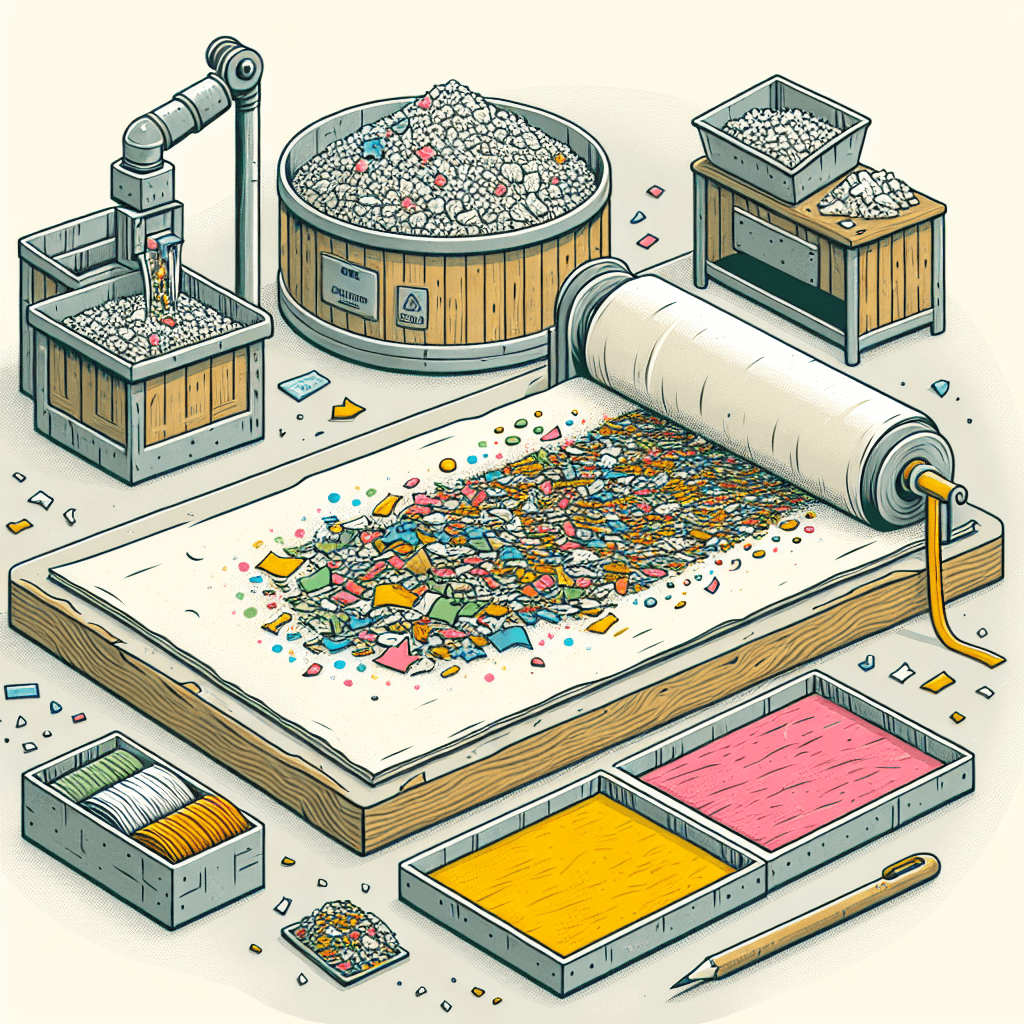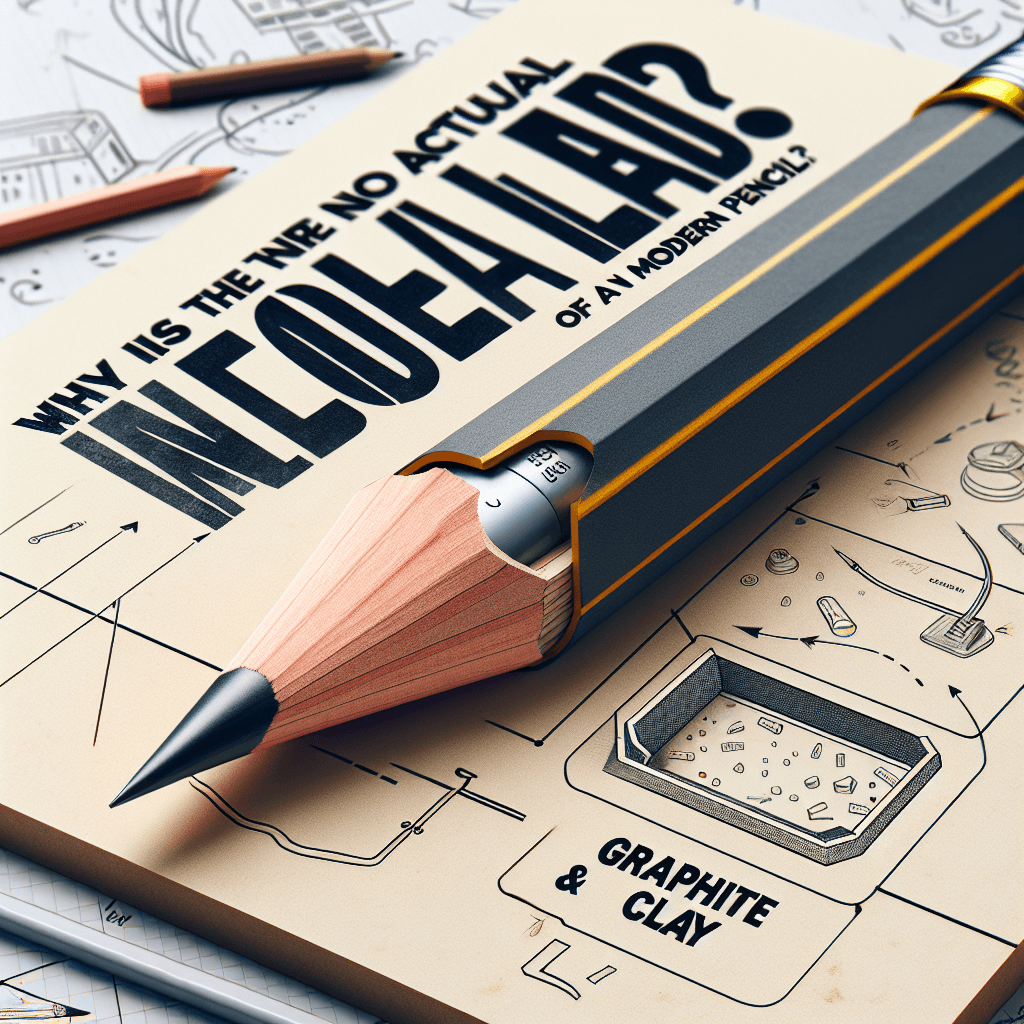Once You Pop, The Final Stop
That first taste is a lie, a trigger for an unstoppable journey to a final destination from which there is no return.


Too Long; Didn't Read
The inventor of the Pringles can, Frederick Baur, was so proud of his creation that he had some of his ashes buried in one.
Popped to Rest: Is it True That the Inventor of Pringles is Buried in a Pringles Can?
Have you ever heard a quirky fact that sounds too bizarre to be true? One such tale circulating in popular culture is that the inventor of Pringles is buried in one of his iconic cans. It's a story that perfectly captures the imagination, blending product dedication with an undeniably unique final request. But in a world full of internet myths and urban legends, discerning fact from fiction can be tricky. This blog post will delve into the veracity of this claim, exploring the life of the inventor and the story behind his unusual interment. So, grab a stack of your favorite crisps as we uncover the truth.
The Man Behind the Stack: Dr. Fredric J. Baur
To understand the burial story, we first need to meet the man in question: Dr. Fredric J. Baur. While Pringles were developed by Procter & Gamble (P&G) in the 1950s and 60s to address consumer complaints about broken, greasy, and stale conventional potato chips, Baur's specific contribution was crucial.
Baur was an organic chemist and food storage technician for P&G. His most significant achievement, and the one relevant to our story, was the invention and patenting of the Pringles "can" – the distinctive tubular container designed to hold the uniformly shaped, stackable potato crisps. He filed for the patent for the tubular can and the method of packaging the chips in 1966, and it was granted in 1970. This innovative packaging was revolutionary, preventing breakage and keeping the crisps fresh. Baur was immensely proud of this design.
The Genesis of an Idea: The Pringles Can
The Pringles can wasn't just a container; it was an integral part of the product's identity and success.
- Uniformity and Protection: The saddle-shaped (hyperbolic paraboloid, to be precise) crisps were designed to stack perfectly, and the can protected them from crushing, a common issue with bagged chips.
- Freshness: The airtight seal and foil-lined interior helped maintain freshness.
- Branding: The unique shape made Pringles instantly recognizable on store shelves.
Dr. Baur's contribution solved significant logistical and marketing challenges, making the Pringles can as iconic as the crisps themselves.
A Final Wish: Buried in a Pringles Can?
Now, let's address the central question: Is it true that Dr. Fredric J. Baur is buried in a Pringles can?
The answer is unequivocally yes.
Dr. Baur passed away on May 4, 2008, at the age of 89. According to his family, he had expressed his desire to be buried in one of his most famous creations years before his death. His daughter, Linda Baur, shared in interviews following his passing that he first mentioned this wish in the 1980s. While his children initially laughed it off, they realized he was serious.
After his death, his children honored his request. As reported by TIME magazine and numerous other news outlets at the time, a portion of Dr. Baur's cremated remains was placed inside a Pringles can. His daughter recounted to media outlets how she and her siblings stopped at a Walgreens on the way to the funeral home to purchase a can, debating which flavor to choose before settling on the Original flavor.
The Pringles can containing some of his ashes was then placed in his grave in Arlington Memorial Gardens in Springfield Township, Ohio. The rest of his ashes were interred in a traditional urn buried alongside the Pringles can, with another urn reserved for his wife.
More Than Just a Gimmick
The story of Dr. Baur's burial is more than just a quirky anecdote. It speaks to the pride an inventor can have in their work and the lasting impact of innovative design. For Dr. Baur, the Pringles can was a significant achievement in his career, and his final wish was a testament to that. It ensures that his connection to his most famous invention is remembered in a uniquely personal and enduring way.
This unusual request highlights how deeply personal and sometimes unconventional end-of-life wishes can be. It also adds a fascinating layer to the Pringles brand story, cementing its place in pop culture lore.
Conclusion: A Crisp Legacy Sealed
So, the next time you pop open a can of Pringles, you can confidently share the fascinating and true story of its inventor, Dr. Fredric J. Baur. His wish to be buried in a Pringles can was indeed fulfilled, a fitting tribute to the man who engineered the iconic packaging that helped make Pringles a global phenomenon. This tale serves as a reminder that behind many everyday products are individuals with unique stories and profound connections to their creations. It’s a quirky, yet poignant, piece of history that ensures Dr. Baur's innovative spirit, much like his ashes, is preserved in his most famous invention.


